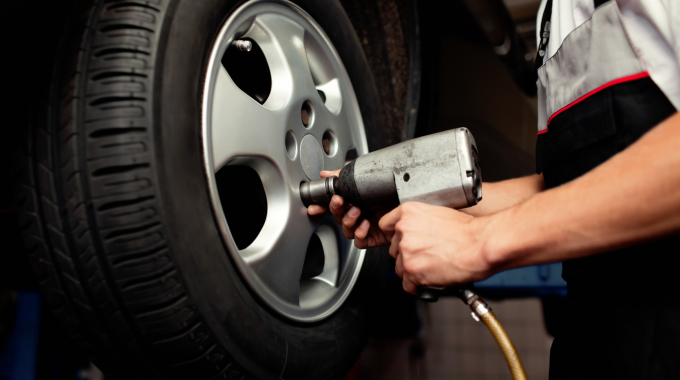Why You Should Rotate Your Tires
Rotating your vehicle’s tires is an important part of your vehicle maintenance schedule. There are many advantages for tire rotation, some of these are safety, others are because it helps save you money in the long term.
Read why you should rotate your tires and what happens during a normal tire rotation service.
Why Should Tire Rotation Be Part of Your Vehicle Maintenance Schedule?
When we are talking about rotating the tires, we are not talking about the normal rotation of the tire when the vehicle is in motion. The term is used when tires are moved to another position on the car. For instance, the front left and right tires are swapped over.
Which of your tires are swapped is not specified nor should be the same each time. Any tire can be swapped with another during a rotation, it is only recommended that a system is put into place so no one tire is left out of the process or that tires are simply placed back to where they were once before.
This is because tires wear unevenly. The front tires will often show more wear than the back tires, especially on the outside edges, because the tires lean to the side when you turn a corner. The rear tires simply follow the front tires, so there is often an even distribution of wear on rear tires.
Should you leave the tires in the same place, you’ll find the wear on the front tires will happen much faster. Then you’ll have to replace them much sooner than you would should you have rotated your tires regularly. Therefore, over the long term it will save you money to have your tires rotated.
Tire rotation also helps you to have a smoother drive with better handling of the vehicle and is better for a safer journey. We recommend to all our customers that they make tire rotation part of their vehicle maintenance schedule.
What Happens During A Tire Rotation?
During a standard tire rotation, the following basic vehicle maintenance checks and processes are done:
- Each tire and wheel is removed from your vehicle and checked for wear.
- Tires and wheels still in good condition are moved to a new position on your vehicle.
- Tires that show too much wear are replaced.
- Air pressure is checked.
- Breaks are checked while there is easy access to them.

